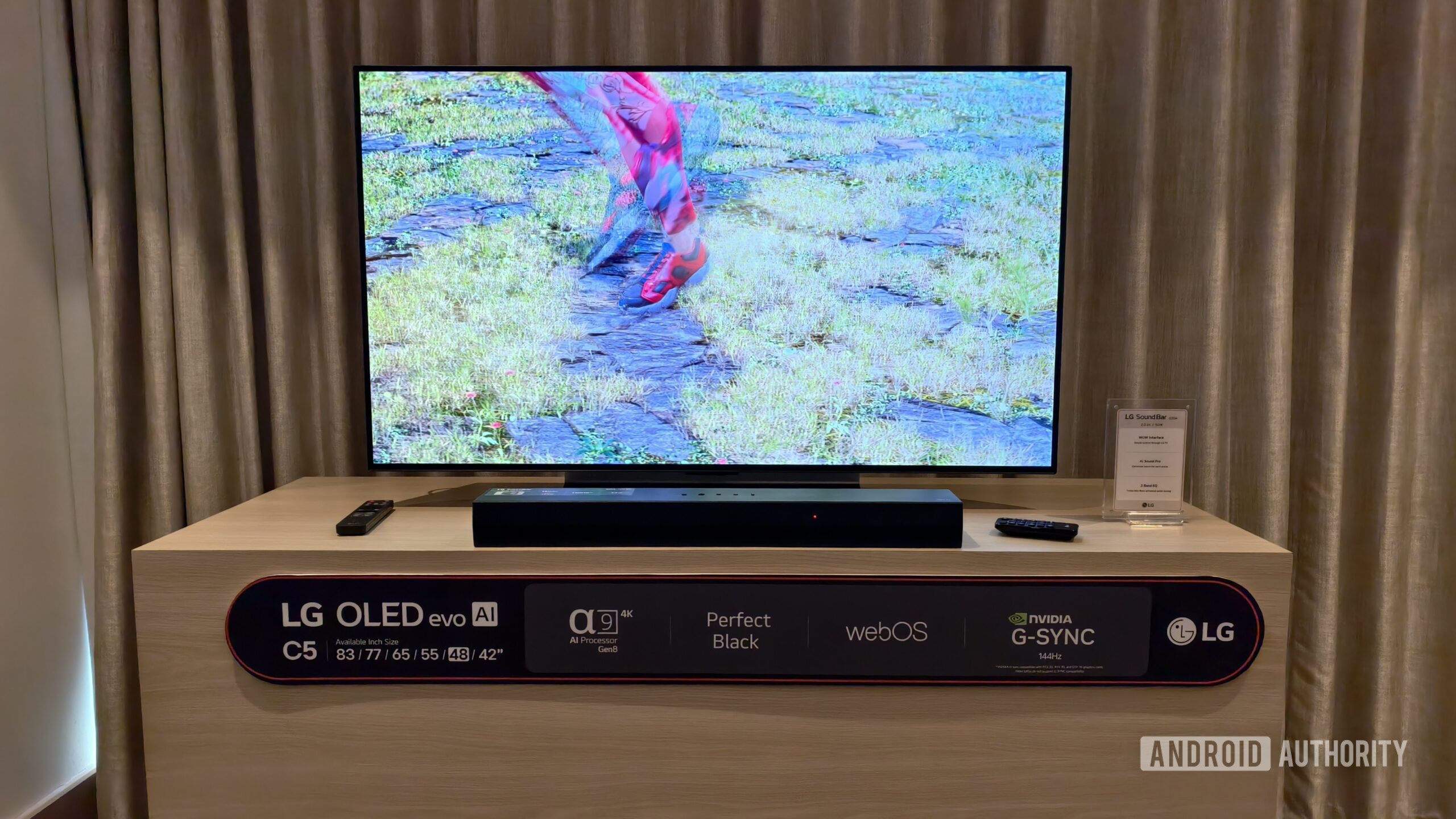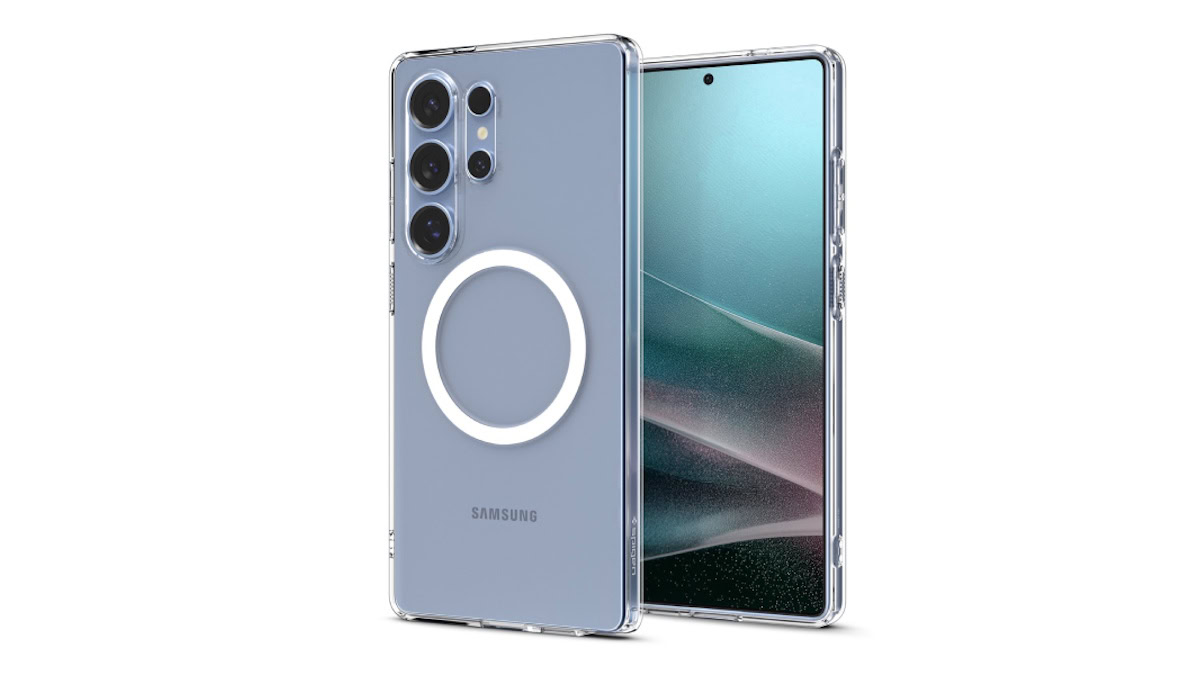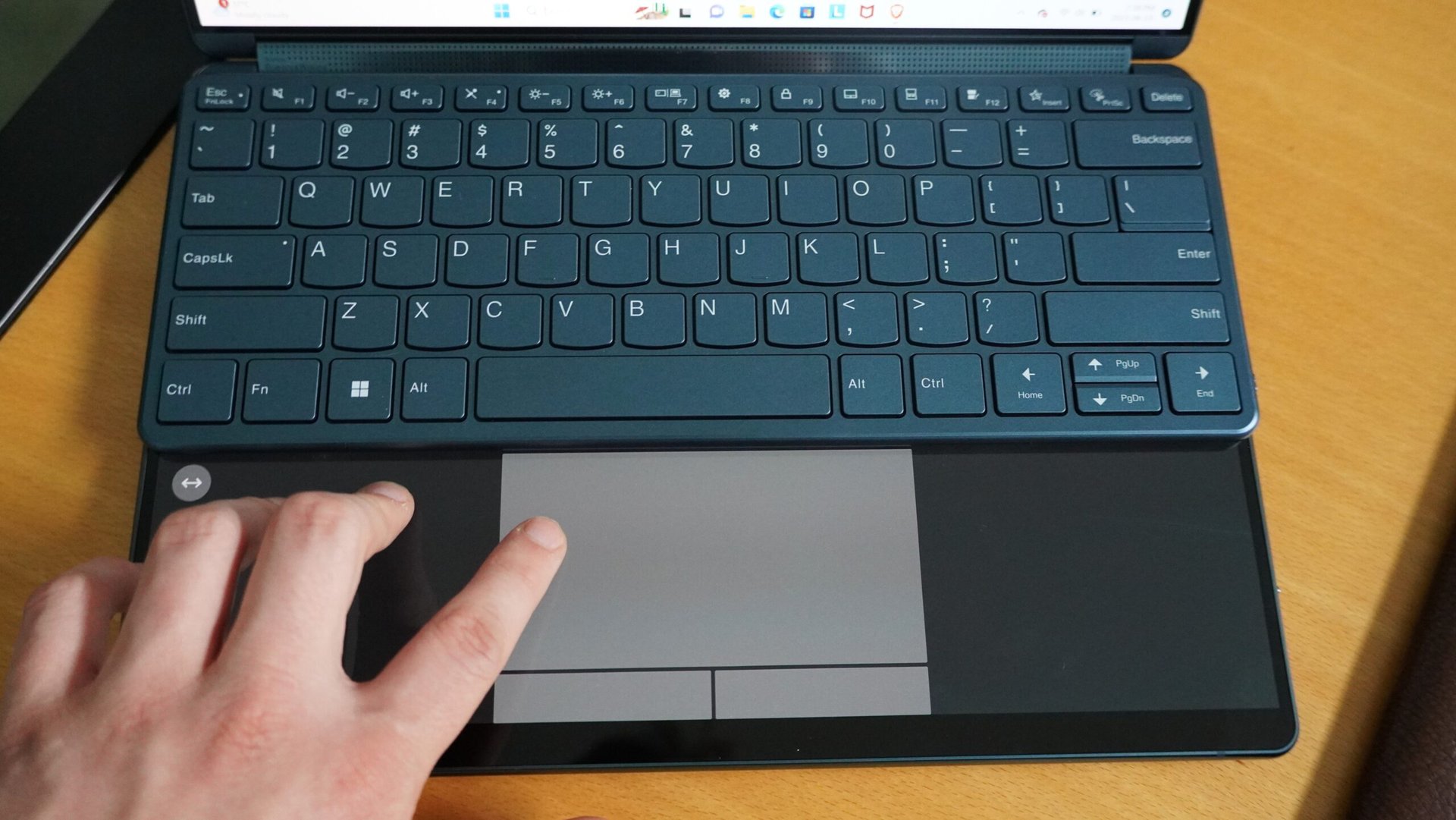Rita El Khoury / Android Authority
TL;DR
- Google is experimenting with bringing the tablet taskbar to phones running Android 15.
- Android’s taskbar is currently only shown on large-screen devices like tablets and book-style foldables.
- The “tiny” taskbar looks and behaves the same as the tablet taskbar, except it’s shrunken to fit on phone screens.
Due to the growing popularity of foldable phones and the resurgence of Android tablets, Google has been hard at work optimizing Android’s UI for large-screen devices. Their work is far from done, of course, but we’ve already gotten several exciting features from these efforts. For example, Android finally has its own taskbar, a dock that sits at the bottom of every screen so users can quickly switch between apps. The design and functionality of Android’s taskbar have changed significantly since its original inception, but one thing that hasn’t changed is its availability: it’s only available on large-screen devices. That could change in an upcoming Android 15 release, though, as Google is finally preparing to bring the taskbar to phones.
The taskbar was first introduced in 2022’s Android 12L release, a special release of Android aimed at large-screen devices. In its original version, the Android taskbar resided at the bottom of the screen, with app icons pulled from the user’s home screen dock. It was shown persistently on screen and stretched the entire width of the display, much like taskbars on desktop operating systems. With the release of Android 13, though, Google made the taskbar hideable by long-pressing on an empty space.
Most Android tablets have enough screen real estate to comfortably accommodate the taskbar showing persistently on screen, but that’s not really the case for book-style foldables. That’s why, with the second quarterly platform release (QPR) of Android 13, Google revamped the taskbar to be transient, ie. it only appears on screen for a short time. The new transient taskbar is briefly shown when the user swipes up on the navigation handle and disappears after a few seconds if the user doesn’t interact with it. It takes up a lot less space but also makes multitasking more cumbersome, which is why Google is adding a button to bring back the old taskbar style in Android 15.
So, with the upcoming Android 15 update, tablet and book-style foldable users will have quick access to both versions of Android’s taskbar.
However, Android’s taskbar is still inaccessible on smaller devices like smartphones unless you manually change the display scaling, which has the side effect of making everything much harder to see and interact with in most apps. That’s why Google is working on optimizing the taskbar for smaller screens so you don’t have to mess with text or display scaling to take advantage of its multitasking benefits.
While I was looking through Android 15 Beta 4, I discovered mentions of a new “tiny” taskbar feature. After a bit of tinkering, I fully enabled this feature, and you can see what the experience is like in this video:
As is evident from the video, the “tiny” taskbar looks and behaves exactly the same as the taskbar for large-screen devices. The best part is that I didn’t have to muck about with text or display scaling to use the “tiny” taskbar.
I don’t know when Google plans to release this “tiny” taskbar, unfortunately. It’s clearly not in a completed state in Beta 4, as you can see two navigation handles when the feature is enabled. I hope that Google continues to polish the “tiny” taskbar so that it’ll be ready for one of the earlier Android 15 QPRs. There’s also a possibility that this feature might never see the light of day, though I really hope that doesn’t end up happening.
What do you think of this “tiny” taskbar? Let us know in the comments below!
Got a tip? Talk to us! Email our staff at [email protected]. You can stay anonymous or get credit for the info, it's your choice.








 English (US) ·
English (US) ·